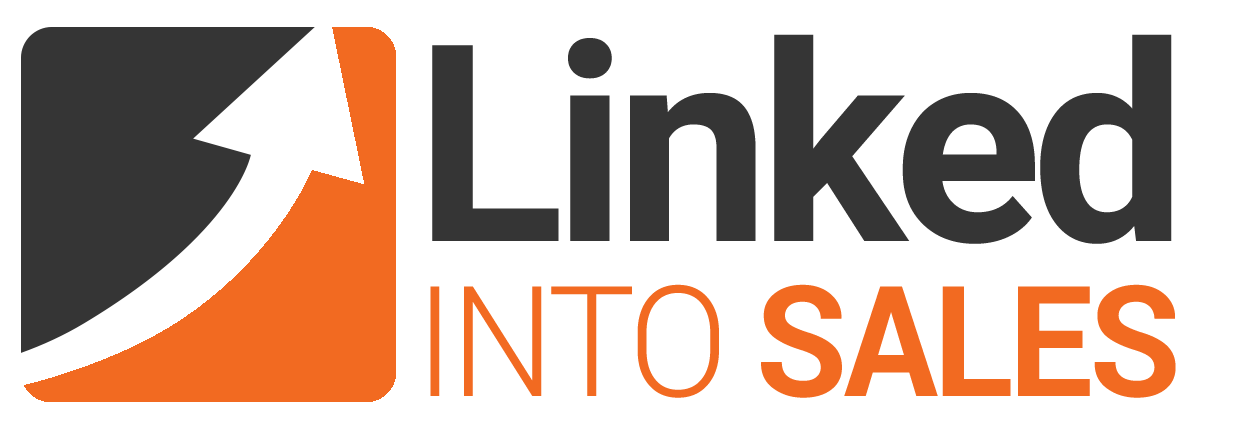Generating new business on LinkedIn consistently is something most fail at. It’s not through lack of effort, but usually through lack of planning and/or lack of knowledge.
Many start by creating content about their business and themselves. They also connect with a few people who they think may be interested in what they offer. This strategy leads to disappointment and very few leads.
Foundational work is required before you do any of these activities. Developing habits and a structured approach are required to generate new business on LinkedIn consistently.
In this article, I will give an overview of a webinar I’m holding on Wednesday called ‘Beat your Sales Quotas with Smart LinkedIn Strategies’ on Wednesday 29th May at 4 pm in the UK.
1. Your buyer, your offer, and your positioning
The starting point is identifying who your best prospects are. Who has bought from you already? What are their job titles? Do they work in a specific sector? Get very niche on who this buyer is.
What is your offer that solves their main pain point? How do you need to position your offer so it resonates with them and they feel as if that will help them? What is unique about this?
Why are you, your company, and your solution best placed to help them? There is so much choice in the market, you need to stand out.
Spend enough time getting the fundamentals right, to maximise potential returns.
2. Turn Your CV into a Landing Page
Once you have done this preparatory work in step 1 (exporting client database to analyse buyers and marketing groundwork), you need to turn your LinkedIn profile into a landing page.
If you’re in a sales or client-facing role, your profile should not look like a CV. It should work and support all your sales and marketing work. It needs to:
- Provide credibility for you, the company and the offer
- Showcase results
- Add value and insights
- Help prospects do their research
- Help you stand out from the competition
- Be consistent with your LinkedIn company page and website
- Help prospects take the next step
Your LinkedIn profile is not for you. It’s a landing page for your ideal clients. It needs to be positioned with them in mind.
3. Sales Navigator Set-up
Out of the box, Sales Navigator is not ready to be used. It needs to be configured for you and your company. You should bring your existing world into Sales Navigator.
For example, your existing clients. Are you connected with them? Are you connected to more than one point of contact that are part of the buying team? What happens if your ‘Champion’ leaves? What happens if you don’t notice until it’s too late?
Part of your job in bringing in new business is to be able to find the buying team in your target companies. The number of times I come across searches that have been set up quickly and don’t contain a high percentage of ideal clients. This is why you need to do the groundwork in the first step, otherwise you will miss opportunities and or waste time. Even if you do this first step, always check your search results and tweak the search if required.
Who you add at the top of the funnel is so important for the ROI of your efforts.
4. Inbound Marketing (Content)
Creating content is an essential aspect of any marketing strategy.
The goal is to create relevant, valuable, and insightful content to attract and gain your ideal clients’ attention. This content should deliver long-term value by building relationships, educating customers, and driving business growth.
By consistently providing valuable content, businesses can attract and retain a loyal audience that ultimately contributes to their success.
LinkedIn provides many choices for businesses. What type of post should you create? What post types work best? Should you focus on your company profile or your personal profile? How can you leverage your employees?
Finding your optimal content strategy on LinkedIn requires more than just throwing together some company news. Create content for your audience and not for you. There will be an element of trial and error to see what works best. Getting some pointers will help though.
5. Outbound Marketing (Messaging, Commenting & Email)
Creating content is great at gaining attention and identifying those who have an interest in a topic, but when based on relevancy, outbound marketing works fantastically well on a ‘warm’ audience.
What I love about Outbound is that you are in control. You are pushing messages directly to your audience, and if you do this based on sales intelligence, you will get a higher response rate and get into conversations.
The majority of these conversations will not lead to new business immediately, but your job is to nurture these relationships with your ideal clients until someone is ready to buy. If you have been providing them with value and insights, they will likely buy from you when they are in the ‘buying zone’.
One of the biggest challenges salespeople face is to create these touchpoints without coming across as either spamming or annoying. During the webinar, I will be going into this in much more detail.
Conclusion
Generating new business on LinkedIn is not a matter of turning up, creating a few posts and connecting with a few people. You need to build strong foundations for your campaign.
You need to target the best prospects, who are very likely to buy from you. You need to follow a regimented system so you know what to do when to do it and how to do it. Structure is required. Habits need to be formed. Maximising your time is key.








